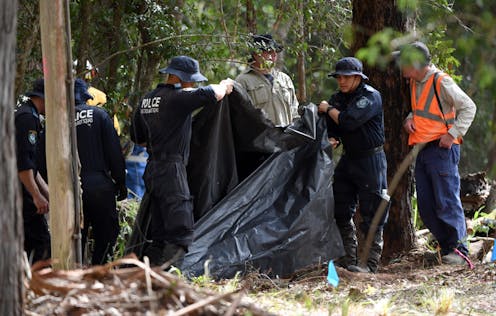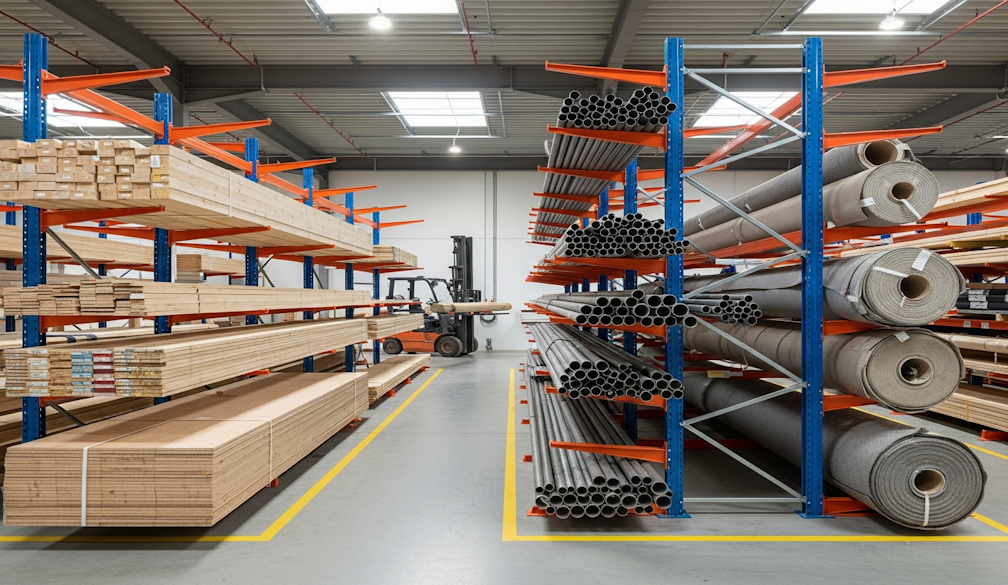Rolling media coverage of missing persons cases can add to the trauma for all families left behind
- Written by Sarah Wayland, Senior Lecturer Social Work, University of New England

The public has been privy to live footage of police operations. New South Wales police, dressed in overalls, scoured dense bushland to retrieve a small piece of fabric. Reports suggested the yet-to-be-analysed fabric may be linked to the case of missing boy William Tyrrell.
William’s case – along with the location of Cleo Smith in Western Australia and recent developments in the case of missing campers Russell Hill and Carol Clay in Victoria – have been prominent news stories.
Media interest can invite the public into the investigative process. But rolling media coverage can have an immediate and long-lasting effect on the families left behind. That’s not only the families of that particular case, but the families of other missing people, whose case isn’t in the news.
Non-stop coverage can invade their privacy, raise and dash their hopes, and prolong their trauma.
More people go missing than ever make ‘news’
In 2020, Australia’s National Missing Persons Coordination Centre had more than 51,000 reports about the safety and well-being of a missing person. Many of those cases are resolved within one month.
Yet more than 2,600 cases are long term – when a person is missing for longer than three months.
It’s rare for the families of people who are missing to have had any contact with the media before. So it’s difficult for families to navigate and manage media interest.
Bruce Morcombe’s son Daniel was 13 when he was abducted from the Sunshine Coast in December 2003. His remains were found in 2011.
Bruce told the ABC how he managed the media interest. He said the disappearance, homicide and the criminal investigation created a groundswell of empathy.
However, he said when the momentum slowed and it was looking like the case would become “cold”, the family and their supporters created media opportunities – to offer a new hook, a new angle – to continue community engagement.
Families of missing people believe “someone, somewhere must know something”. Media offers the greatest capacity to reach that “someone”.
However, media attention is not guaranteed and is not an even playing field. Attention only falls, and priority given, to cases assessed as vulnerable. Cases the media deems newsworthy or those that reach high engagement (through liking, commenting and sharing on social media) also get attention.
Read more: First Nations kids make up about 20% of missing children, but get a fraction of the media coverage
How does this rolling media coverage affect families?
When the media provides rolling coverage of every tiny development in a missing persons case, it can raise hope for some families watching on. But for others, it can have the opposite effect.
A 2015 study of Australian families I conducted as part of my PhD found increased hope also creates a “hope hangover”. Families told me this is where anticipation peaks but they need recovery time to manage the emotional assault of a possible resolution.
Families of missing people also told me they have to remain resilient as other cases are solved, and the uncertainty of how long the investigation of their own loved one will take. In other words, media reporting of outcomes of one case can compound the trauma experienced by families of other missing people, whose case has not yet been resolved.
Read more: When missing children return: how can we avoid adding to Cleo Smith's trauma?
Then there’s the invasion of privacy
Privacy for these families is also an issue.
Loren O’Keeffe, founder and chief executive officer of Missing Persons Advocacy Network, was buoyed by community interest to help the search over the five years her brother Dan was missing.
When he was found, in traumatic circumstances, despite asking for privacy, she noticed the community felt a sense of ownership over Dan and the family’s story. Earlier this week, when Loren reflected about the location of her brother, she told me:
[…] journalists incessantly ringing the doorbell, flooding inboxes demanding interviews, seeing awful commentary over social media – completely overwhelmed us when we needed space and silence to process our reality. It’s an unconscionable notion; desperate families that get media and public support for “search” are then obliged to share such raw grief and delicate detail at the debilitating time of “found”.
Read more: Missing and found: understanding the privacy needs of missing people
Specific media quidelines would help
The reasons people go missing can be diverse and complex. These can be due to a crime, complex mental illness, suicide or misadventure. This means a number of different media guidelines or codes of practice could potentially come into play to shape media coverage.
There are no Australian media guidelines specifically about reporting missing persons cases. They are needed.
We may be able to learn from the success of Mindframe, a national program that provides evidence-based recommendations for media reporting and public communication about suicide and mental illness, among other issues.
The program has been developed and refined over two decades, providing a strong platform for collaboration between the media and people involved in mental health and suicide prevention, including those with lived experience of these issues.
The guidelines do not restrict media reporting of the issues, but provide an opportunity for media and those working with the media to reflect on a number of issues. These include the types of content and messaging that may reduce risk of harm and distress, reduce stigma, and increase people’s willingness to seek help and offer help to others.
Read more: Cleo Smith has been gone almost a week. Why missing children cases grip the nation
Jaelea Skehan, director of Everymind (the organisation behind the Mindframe guidelines) told me that with media guidelines specific to missing persons, newsworthy coverage would still take place, but would also consider the potential impacts on those directly involved or impacted by similar experiences.
Remember, the stories of the investigations of missing persons cases are not the full story of the life of the person who is lost or the families left behind.
As the brother of a young woman missing for more than 30 years told me as part of my research:
Hope can get buried deep below, we [the families of missing people] are like icebergs. We don’t have rose coloured spectacles on, it’s like they have been ripped off. We see the world as it is. There is a lot that others don’t see.
The community, when watching on, needs to remember that.
Authors: Sarah Wayland, Senior Lecturer Social Work, University of New England



















